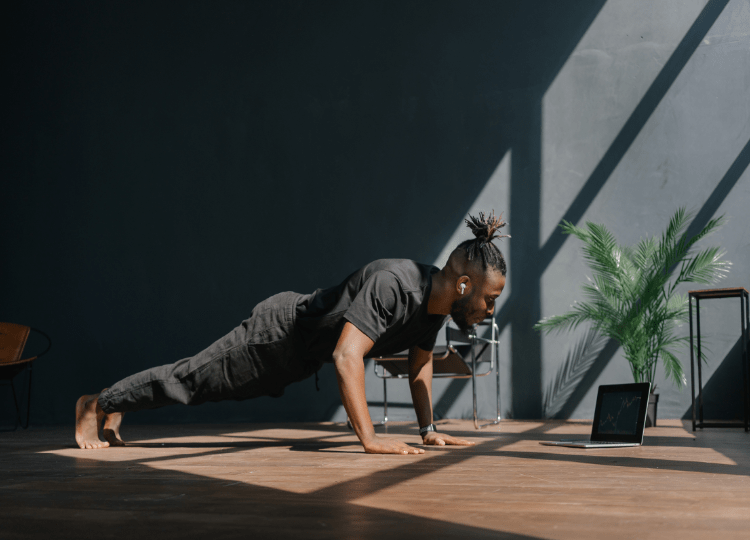Clothing is essential in how the body responds to daily activity, movement, and temperature. One of the most important yet often overlooked qualities in apparel is breathability. Breathable materials are designed to keep the body cool, dry, and comfortable by allowing air to circulate and moisture to escape.
Brands like tasc activewear have made breathability a cornerstone of their designs, combining innovative fabric technology with natural materials that enhance airflow and comfort. Understanding why breathable materials matter helps consumers make better clothing choices for exercise, work, or everyday wear.
What Makes a Material “Breathable”?
The term “breathable” refers to a fabric’s ability to let air and moisture move through it efficiently. When a material is breathable, it prevents the body from overheating by allowing perspiration to evaporate rather than trapping it between the fabric and the skin. This constant exchange of air and moisture keeps the body at a comfortable temperature.
Different fabrics achieve breathability in different ways. Natural fibers like cotton, bamboo, and merino wool have naturally occurring pores that enable airflow, while synthetic fabrics use engineered weaves or micro-perforations to improve ventilation. The result is a garment that can adapt to activity levels and environmental conditions. Breathability helps maintain the right balance between insulation, temperature control, and moisture management.
The Science Behind Breathable Fabrics
Breathable fabrics work through a combination of material science and design. They use structures that promote ventilation and moisture-wicking at the microscopic level. Moisture-wicking fabrics pull sweat away from the skin through capillary action, where it can evaporate on the fabric’s surface. This process helps regulate body temperature and keeps the skin dry, reducing discomfort and irritation.
The most advanced breathable materials use blended fibers that combine durability with comfort. Synthetic fibers like polyester or nylon are often engineered with air channels or mesh patterns, while natural fibers offer softness and airflow. Together, these materials maintain consistent comfort even during intense movement.
By supporting airflow and moisture control, breathable fabrics help prevent the buildup of bacteria and odor. They also reduce friction on the skin, lowering the risk of irritation. This combination of ventilation, durability, and hygiene makes breathable materials an essential feature for anyone who values comfort and performance.
The Physical and Health Benefits of Breathable Materials
Wearing breathable materials also benefits physical health. When the body can release excess heat and moisture, it maintains a stable internal temperature, preventing overheating or dehydration. This is especially important during exercise, outdoor work, or high-temperature environments.
Breathable clothing also reduces the risk of skin irritation, rashes, and fungal growth that can develop when sweat becomes trapped against the body. By keeping the skin dry and cool, these fabrics create a healthier environment for the skin. For athletes and active individuals, breathable clothing supports muscle function by keeping the body’s temperature consistent, which reduces fatigue and helps maintain endurance.
Even outside of physical activity, breathable materials contribute to overall wellness. They improve circulation by avoiding constrictive heat buildup and allow people to move freely without discomfort. Breathability helps the body adapt naturally to environmental changes, supporting long-term comfort and mobility.
Everyday Advantages Beyond Exercise
During long commutes, extended travel, or office hours, breathable clothing helps regulate temperature and minimize stickiness or irritation. It allows the wearer to stay comfortable in environments where ventilation may be limited.
In warmer climates or during summer, breathable materials significantly affect sleep quality by keeping body temperature balanced. Lightweight, airy fabrics are particularly effective in reducing night sweats and maintaining nighttime comfort.
Breathable clothing also contributes to confidence. Feeling cool and dry allows people to stay focused and at ease in social and professional settings. Whether during an important meeting, a long flight, or a busy day outdoors, breathable materials support physical and mental comfort beyond performance.
Choosing the Right Breathable Fabrics
Finding truly breathable materials is about understanding how fabrics are constructed and used. Natural fibers such as cotton, bamboo, and merino wool are popular because they combine comfort, softness, and natural airflow. However, modern fabric innovations have made synthetic materials equally effective, offering added features such as moisture-wicking and quick-drying capabilities.
When choosing clothing, consider the activity and environment. Lightweight blends with stretch and ventilation are ideal for high-movement activities, while structured weaves or knit fabrics work well for casual wear. Fit also matters; clothing that is too tight can limit airflow, while garments that are too loose may not effectively wick moisture away from the skin.
Breathe Easy, Live Better
Wearing breathable materials can improve your health and overall comfort. Breathable fabrics help regulate temperature, manage moisture, and promote better circulation, all contributing to feeling better throughout the day. From fitness routines to daily errands, these materials keep the body balanced and supported in every situation.
